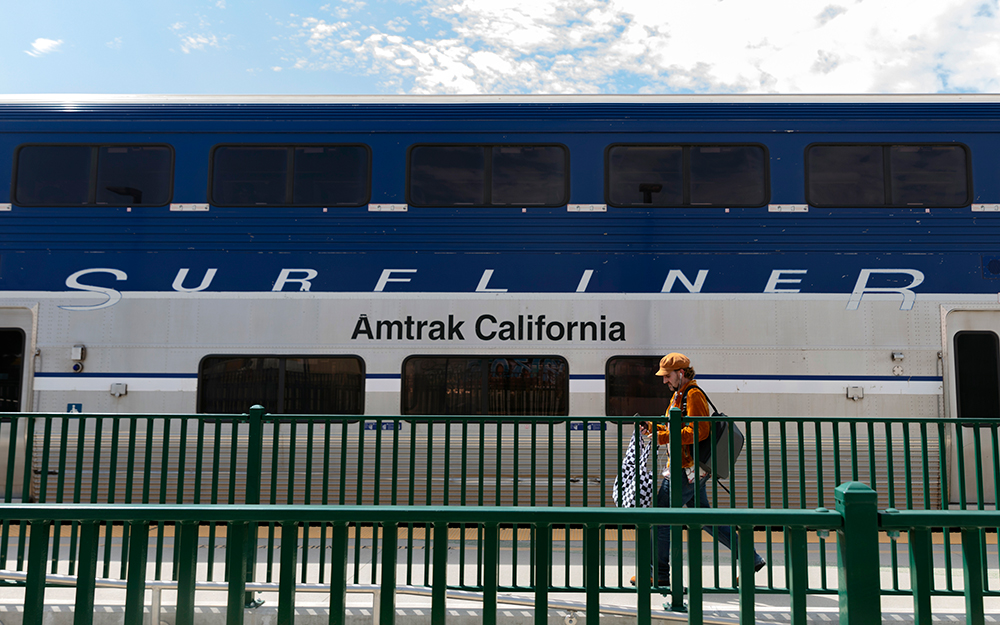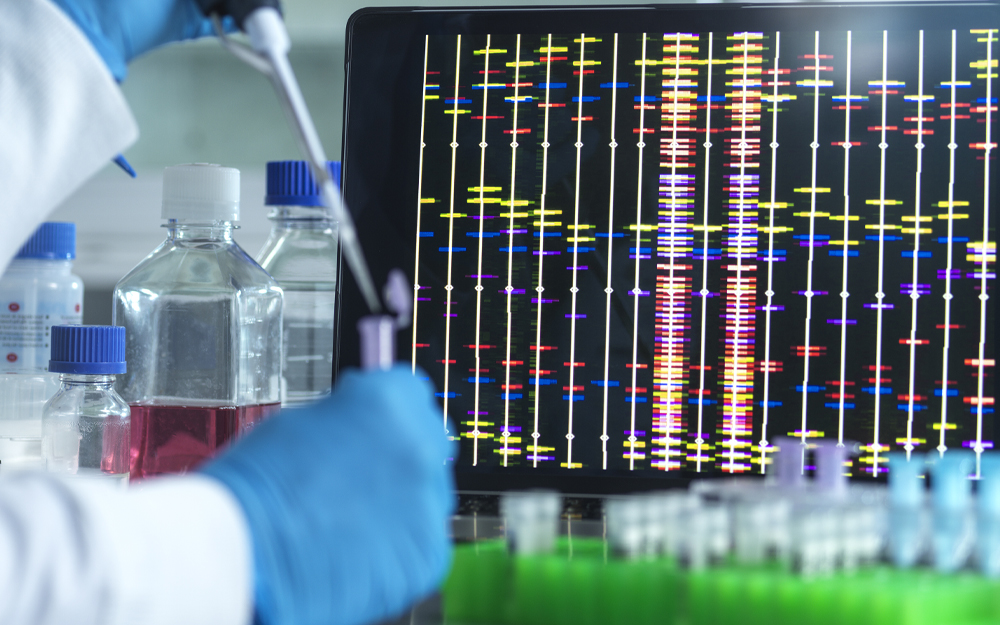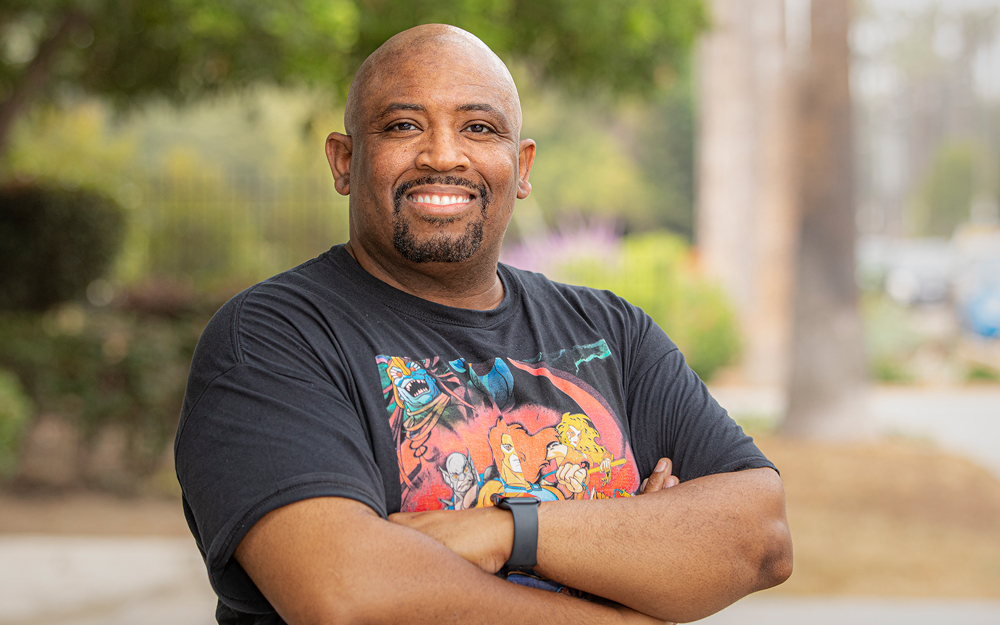Lung Cancer Screening Demystified
Date
November 9, 2023

Date
November 9, 2023
Credits
Medical providers featured in this article
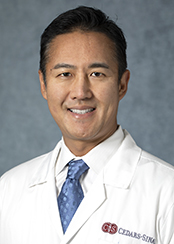
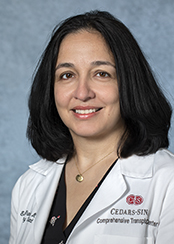
In Brief
{{cta-block}}
Myths, misconceptions and stigma are a few of the reasons lung cancer screening is a dramatically underused tool, even though it has been shown to save lives.
In fact, California ranks last in the U.S. in lung cancer screening, with 1% of eligible patients opting for screening—well below the national average of 6%, according to the American Lung Association’s “State of Lung Cancer” report.
“Awareness is also an obstacle,” said Christopher Lee, MD, a radiologist at Cedars-Sinai. “We can tell people about screening, but some of the fears and psychosocial issues surrounding it are more challenging to overcome.”
{{providers}}
Screening with a low-dose CT scan is recommended for those who meet the following criteria:
- Are between 50 and 80 years old
- Have at least a 20 pack-year smoking history, which is determined by multiplying the number of packs a person smoked per day by the number of years the person has smoked
- Currently smoke or quit smoking within the past 15 years
- Have no signs or symptoms of lung cancer
Cedars-Sinai offers patients two pathways to lung cancer screening. Doctors may refer patients to Cedars-Sinai to have their low-dose CT scan only. Or, they may refer patients to the Centralized Lung Cancer Screening Program, led by Sara Ghandehari, MD, which takes patients through the necessary shared decision-making conversation, completes the scan, and manages the results of the scan.
Below, Ghandehari and Lee address some common myths and misconceptions about lung cancer screening.
MYTH: “I quit smoking, so I’m no longer at risk of lung cancer.”
FACT: Even patients who have quit remain at high risk and should be screened.
“When you quit smoking, your risk does reduce incrementally over time,” Ghandehari said. “However, especially if you were a heavy smoker, your risk doesn’t entirely disappear.”
Kicking the habit is an excellent step toward improving overall health—and considering screening for lung cancer is also wise.
MYTH: “I’m better off not knowing.”
FACT: Early lung cancer detection saves lives.
Screening with a low-dose CT-scan can prevent up to 20% of lung cancer deaths—and lung cancer remains the leading cause of cancer death.
“The purpose of lung cancer screening is to detect cancer when it’s still at stage 1,” Lee said. “When it’s discovered at an early stage, your five-year survival rate increases dramatically.”
Lung cancer treatments have also improved. Surgeries can remove smaller portions of the affected lung, in some cases. Targeted treatments and immunotherapy are available for many lung cancers.
In recent years, lung cancer deaths declined at an accelerated rate due to progress across the spectrum of cancer care. People diagnosed with lung cancer are living longer and with better quality of life than ever before.
"We sit with the patient and share all of the risks and benefits of screening, and you have an opportunity to consider all of your concerns and weigh those against your individual risk."
MYTH: “I should quit smoking before I’m screened.”
FACT: Smokers are at higher risk of developing lung cancer and should not delay screening.
It’s a common logical fallacy—like thinking you need to be fit before you hit the gym.
Lung cancer screening programs will often offer support through smoking-cessation programs, which provide evidence-based assistance and a personalized approach to help smokers quit.
MYTH: “Screening will take too long.”
FACT: The actual scan takes less than three minutes.
The low dose computerized tomography, or CT, scans used in lung cancer screenings typically take less than three minutes. They don’t require injections, dyes or medications.
The machine is donut shaped. Patients lay on a table that slides into the “donut,” but only the part of the body requiring a scan passes through, Lee said.
MYTH: “I could be exposed to too much radiation.”
FACT: Lung cancer screening CT scans are low dose.
CT scans are used for many reasons, including diagnosing tumors, looking for internal injuries or bleeding, planning surgeries, and much more. The scan used for lung cancer screening uses much less radiation than a conventional CT scan and is similar to the amount used during a mammogram.
Also, radiation is more common than we think: We all are exposed to naturally occurring radiation daily from radon, the sun and other sources.
“Part of lung cancer screening is a process called shared decision-making,” Ghandehari said. “We sit with the patient and share all of the risks and benefits of screening, and you have an opportunity to consider all of your concerns and weigh those against your individual risk.”
The estimated lifetime risk of developing a serious cancer after receiving a CT scan is 1 in 2,000. The chance a man will develop lung cancer in his lifetime is about 1 in 16, and it’s 1 in 17 for a woman, according to the American Cancer Society.
MYTH: “Lung cancer screening has a high number of false positives.”
FACT: False positives are often resolved with follow-up CT scans.
Any cancer screening or medical test carries some risk of a “false positive.”
“In lung cancer screening, tiny nodules are often found in the lungs that are not cancerous,” Lee said. “However, a follow-up CT scan is recommended for most of these cases, and if the nodule is unchanged or smaller, the patient can safely return to annual screening.”
The Cedars-Sinai Centralized Lung Cancer Screening Program includes pulmonary specialists, oncologists, radiologists and other healthcare professionals who assess any suspicious screening results as a team, helping ensure the most accurate conclusions will be drawn from screening results.
“The possibility of a CT scan finding a nodule is part of the shared decision-making discussion a patient would have with their doctor—or if they’re referred to our Centralized Lung Cancer Screening Program, with a member of our team,” Ghandehari said. “Finding a nodule is very common, and they are often benign.”
You can reach the Centralized Lung Cancer Screening Program at 310-423-4469.

